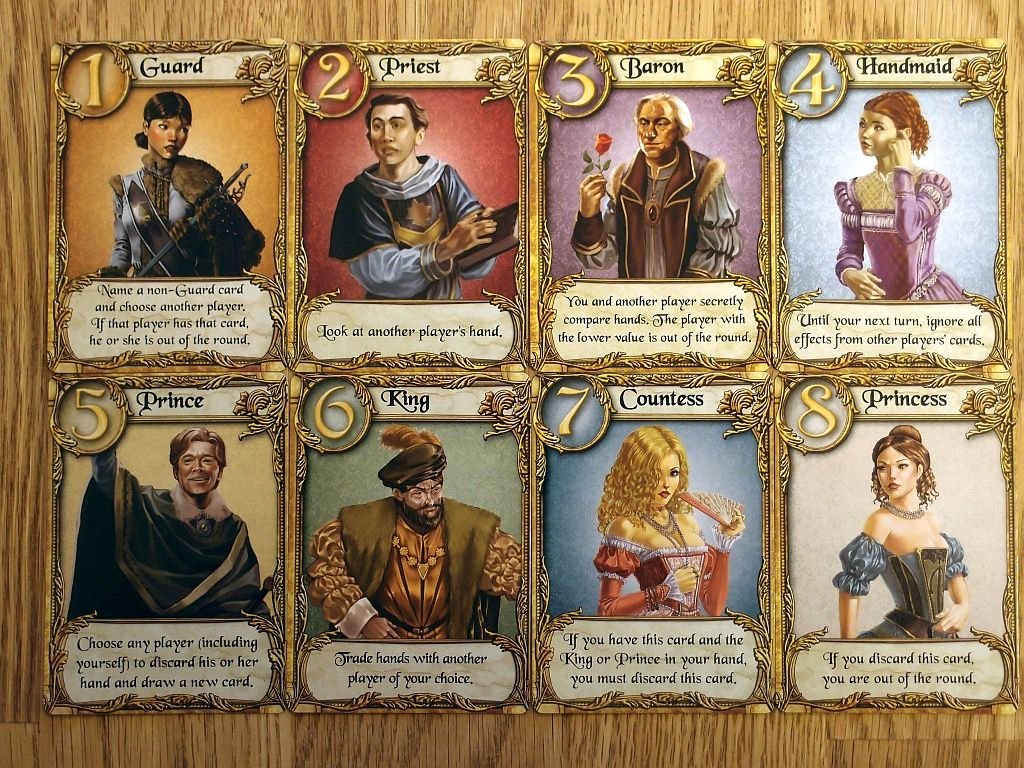My take on the Evan Gattis trade is up for Insiders, and this week’s Klawchat transcript had some other thoughts on that deal and the Clippard/Escobar swap.
- The Green Bay Packers love to play Settlers of Catan. But can we stop saying “a boardgame called Settlers of Catan?” It’s sold about 20 million copies worldwide. It’s well beyond some fringe obsession.
- Can an exiled, corrupt Russian oligarch take on Putin? This New Yorker longform piece doesn’t exactly make me feel better about the future of one of the world’s largest countries.
- Neither does this: Russia has listed transsexual and transgender people among those who will no longer qualify for driving licences. Remind me again why FIFA hasn’t pulled the 2018 World Cup yet?
- I tweeted this earlier in the week, but this EW story on the final season of Parks and Recreation is magnificent.
- My Lovely Wife in the Psych Ward. A difficult read, and not one with which I entirely agree, but I still recommend it for the writer’s ability to capture the partner’s experiences in a situation where we typically hear about the patient’s.
- Another difficult read: A mother’s farewell to her daughter, who died at 36 on Christmas morning. Kate Gross fell to colon cancer, leaving a husband and five-year-old twins behind.
- Cooking dried beans? Don’t soak them. There’s no benefit, regardless of what the old wives tell you.
- Astronomers measured the space-time warp in the gravity of a binary star by using a neutron star just before it winked out of view.
- Why Ava DuVernay’s Oscar Snub Matters, from a decidedly not-left-wing outlet. When good work by people of color gets swept under the rug, we all lose.
- The Accidental Outing of Rwanda’s Most Powerful Troll. A podcast (with transcript) from August that is shocking for its exposure of how the Rwandan government harasses its critics via social media.
- And on a lighter note, Texas actually has a statute, Lauren’s Law, that allows parents to bring in cupcakes or other treats to school for their kids’ birthdays. It’s a sad day in America that such a law is necessary.




